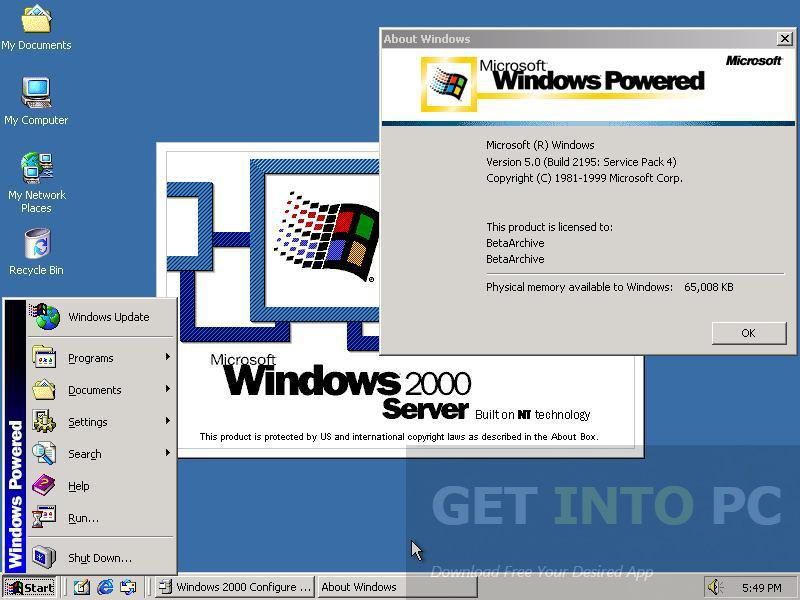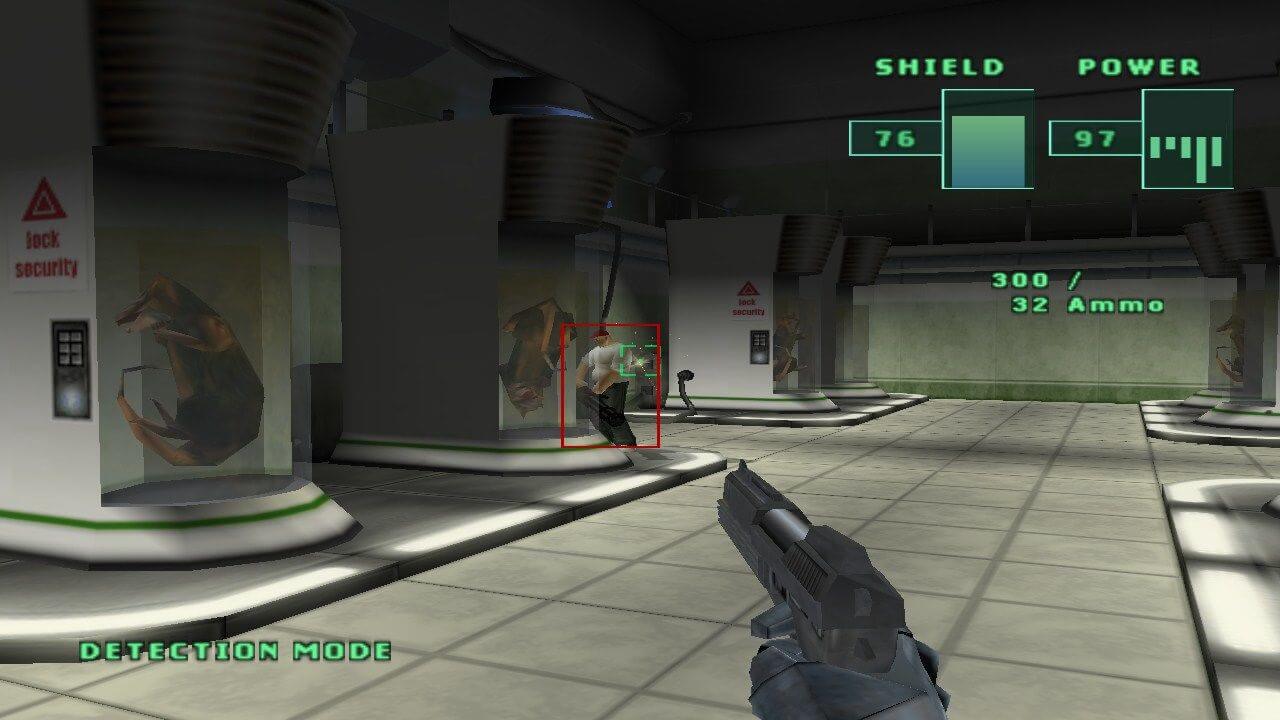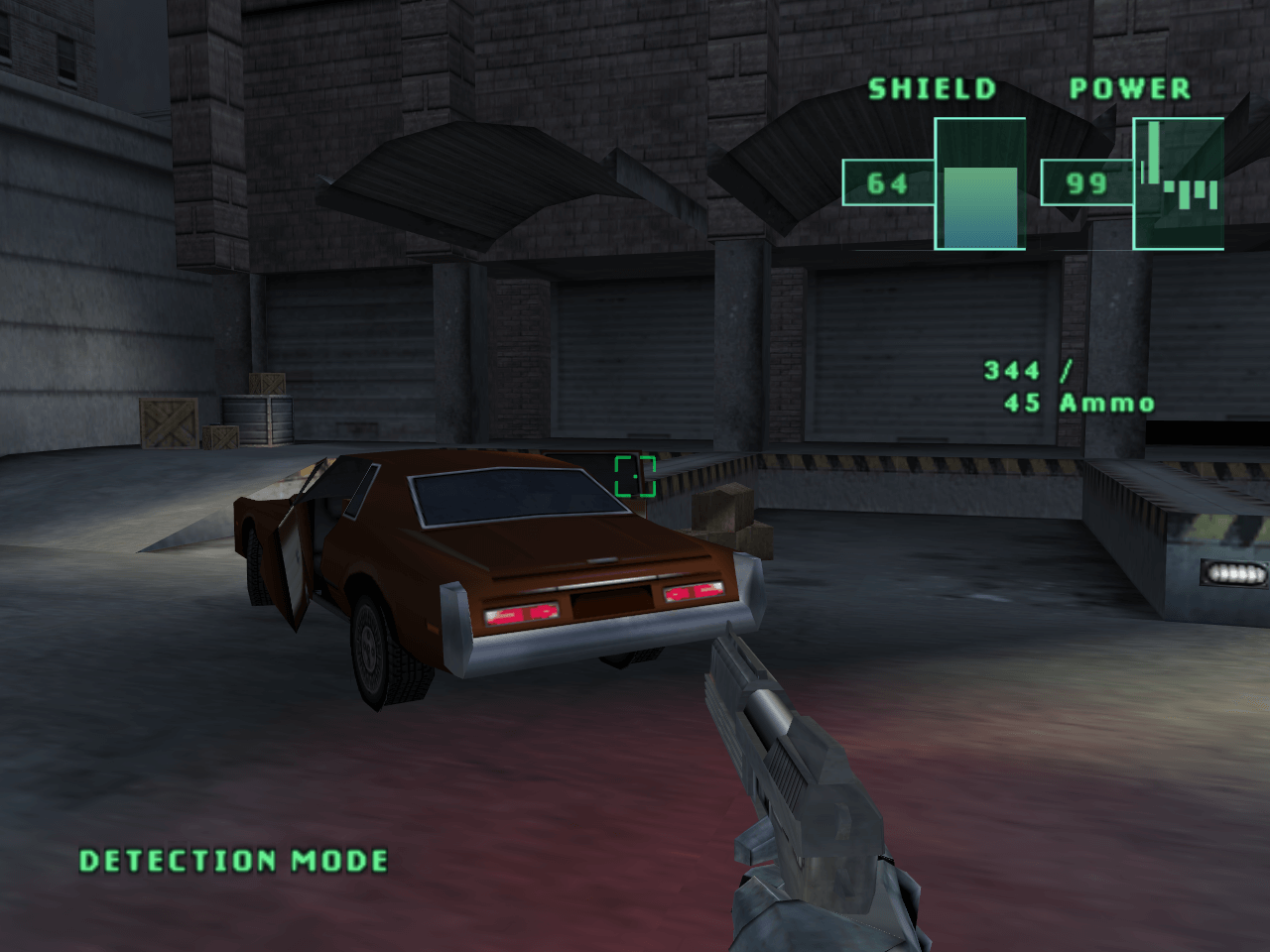


For this end, we have implemented a reasoning mechanism that uses Bayesian classifiers. We have designed and implemented a geneic reasoning component that allows the use of different reasoning mechanisms. The group's focus is on context reasoning. In 2005, the group worked on the design and specification of the Context Management Framework. HIIT/BRU is task leader of the task Context Management.

#Robocop 2003 system requirements software#
We WeWe research context reasoning methods, as well as context-aware software architectures. The group at HIIT / BRU focuses on the context-awareness aspects of the project. It is part of a larger set of EU projects called Wireless World Initiative (WWI). The MobiLife project, with 22 partners in nine countries, is coordinated by Nokia. The objective of the MobiLife Integrated Project is to bring advances in mobile applications and services within the reach of users in their everyday life. Researchers: Patrik Floréen, Petteri Nurmi, Michael Przybilski, Jukka Suomela, Cilla Björkqvist, Fredrik Boström, Eemil Lagerspetz The project started with studying architecture requirements and a trust framework, as well as demonstrator use cases and requirements. The research project at HIIT/BRU is a subcontract from Nokia Research Center. The project is a joint effort of several European universities and companies. The Space4U project extended this middleware with fault prevention, power management and terminal management, including secure downloading. The ROBOCOP project defined and implemented a middleware architecture that is especially suited for mobile devices and PDAs. To enable this adaptation we use the frameworks and mechanisms developed in the preceding projects ROBOCOP and Space4U. The project develops a middleware software architecture for embedded systems that require a defined level of trust, due to the nature of the services they provide. In the ITEA project Trust4All, we work on context-aware adaptations of trustworthy systems, in particular with regard to its dependability and security properties. Researchers: Patrik Floréen, Michael Przybilski The The project activities in 2005 included implementation of the new version of the Robocop Runtime Environment (RRE), participation in the final specification of the extended software framework and description of extended methods and technologies, development of demonstrators and demonstration at the ITEA Symposium in October 2005. The second phase, “Terminal Management Demonstrator Development,” started in July 2004 and ended in June 2005. The project was divided into two phases t t he first one, “Terminal Software Management System Design/Development,” started in July 2003 and ended in June 2004. This part of the project develops the selection, transferral and execution of context-based software components in terminals with limited resources. The work is focused on the parts of the Space4U project connected with terminal management and context-dependent configuration. HIIT/BRU acts as a subcontractor to Nokia Research Center in this project. The aim of Space4U is to enhance this architecture with power management, fault management and remote terminal management. ROBOCOP resulted in a component-based architecture for middleware for embedded appliances.

The EUREKA ITEA project Space4U (Software Platform and Component Environment for yoU) continues the work of the ITEA project ROBOCOP. Researchers: Patrik Floréen, Michael Przybilski, Teemu Kurppa. Research projects Algorithms Software Platform and Component Environment for yoU (Space4U)


 0 kommentar(er)
0 kommentar(er)
